The Breathline Project is creating hundreds of ceramic ‘sediment cores’ personalized with the breathlines and stories of scientists working at the forefront of ocean, earth, and climate science.
A breathline is a simple drawing of one's inhale and exhale—and the beginning of a story. The Project’s host, Holly Rindge, guides scientists through creating sediment cores in clay and inscribing them with their unique breathlines and other elements that reflect parts of their scientific journey. This is a multi-year and multimedia project. Interviews and clay-making ‘sediment core’ sessions are recorded; the ceramic cores will become part of public art installations; interviews and photos of scientists with their ceramic cores will be made into a book with additional essays.
The interviews and ceramic sediment cores stand as a record—a timeline of the scientific work and human effort to prevent and prepare for ecological and climate tipping points by 2030.
How to Be Part of the Breathline Project
The world is approaching numerous ecological and climate tipping points and scientists working in these fields have a deep awareness of the scope, complexities, and urgency of taking action. Many are also deeply cognizant of the scale of social, political and corporate inaction. Yet, scientists are still driven to provide data, insights, and solutions to help solve these complex problems. The Breathline Project provides space for scientists to reflect, connect, and create art that humanizes their efforts and contributions.
We have created more than 50 ceramic sediment cores since beginning in 2023. Interested in being part of the Breathline Project? I would love to connect if you are a scientist with at least a decade of experience in the fields of ocean, earth, or atmospheric science and your work intersects with climate change.
The first step is to read the FAQ’s below.
Then, fill out a brief “I’m Interested” form with basic information about you and your work.
We will communicate to answer any questions and then schedule (1) a virtual interview, and (2) a session to create a ceramic core.
FAQ’s
-
The Breathline Project was created and is facilitated by Holly Rindge, a ceramic artist, science communicator, and program management professional with more than a decade of experience launching new initiatives at the interface of ocean science, policy, and communications. Holly works on coastal issues from marine protected areas to sea level rise to ocean plastic pollution; and has dedicated hundreds of hours in the field volunteering to monitor water quality and rehabilitating sea turtles and seabirds.
Holly is also a ceramic artist and her studio practice is the creative outlet she needs to balance a career at the center of interlinking environmental crises.
In 2022, curious to deepen her knowledge of the therapeutic benefits of clay, Holly completed a ceramic education residency at the Archie Bray Foundation for Ceramic Arts and a Certificate in Social Emotional Arts from UCLArts & Healing. This provided the experience and the scientific basis she needed to develop this project.
-
The Breathline Project is open to natural scientists whose work intersects with climate change, including marine and coastal scientists, biologists, physical oceanographers, marine ecologists, atmospheric scientists and scientists from other disciplines collaborating to solve problems affecting our ocean.
-
Holly Rindge facilitates each component of the project. Interviews are scheduled prior to the clay making sessions and conducted virtually. Then, Holly travels to meet scientists where they work for one-on-one and small group making sessions to create sediment cores out of clay. Interested? Fill out this brief form to get started.
-
Interview questions will be sent to participants prior to their scheduled interview. We don’t talk shop about the latest scientific research or environmental doom and gloom — interviews simply mix creativity and conversation to share some of the human stories of pursuing this work.
-
A breathline is a simple line drawing of an individual's breath on paper. One essentially maps out their breath, following the rhythm—breathe in and draw a line up the paper at the same pace as the breath; breathe out and draw a line down the paper at the same pace as the breath. This is done for about one minute across a sheet of paper. The breathline drawing is then transferred onto clay that is shaped like an ocean sediment core.
-
Sediment cores are “long cylinders of the earth's crust, drilled up from beneath the seafloor…and provide a glimpse of the Earth's past geology and climate.” Sediment cores were selected for this project because they provide a record of time—a history of our planet from the seafloor to the atmosphere. The Breathline Project is creating a record of individual scientists—a history in recognition of the breaths they dedicate to solving complex environmental challenges at a unique point in time as the world approaches environmental tipping points.
-
To create a ceramic core, first a ¼” slab of clay is draped over a 12” long cardboard tube which provides a structure for the core. The exterior of the clay core is then embellished with a scientist's breathline. Each breathline may be carved into the clay, stamped, or attached as a coil. Scientists may also incorporate objects, imprints, and other ideas that reflect them as an individual and their scientific journey.
The experience is centered around the process of creating—not on the quality of the final object. This non-judgemental approach engages the innate benefits of the arts to reduce stress and introduces art as a modality for taking care of ourselves.
-
The Breathline Project is creating a large collection of ceramic sediment cores, each a unique visual representation of the human effort from those working to solve our biggest environmental challenges. The pieces will be assembled and displayed as temporary art installations in public spaces and informal science and art centers.
Installations are facilitated by Holly Rindge as social collaborations where scientists and peers assemble the ceramic cores into a single, larger piece of art, and provide an opportunity for artistic expression and connection through shared experience. Installations are meant to emphasize the interdisciplinary collaboration taking place to solve complex environmental problems and highlight the importance of science in decision-making.
-
This multi-year project launched in spring 2023.
-
This is a multi-year project and we anticipate opening a traveling exhibition in 2026.
Please follow the project on Instagram for updates! breathline.project
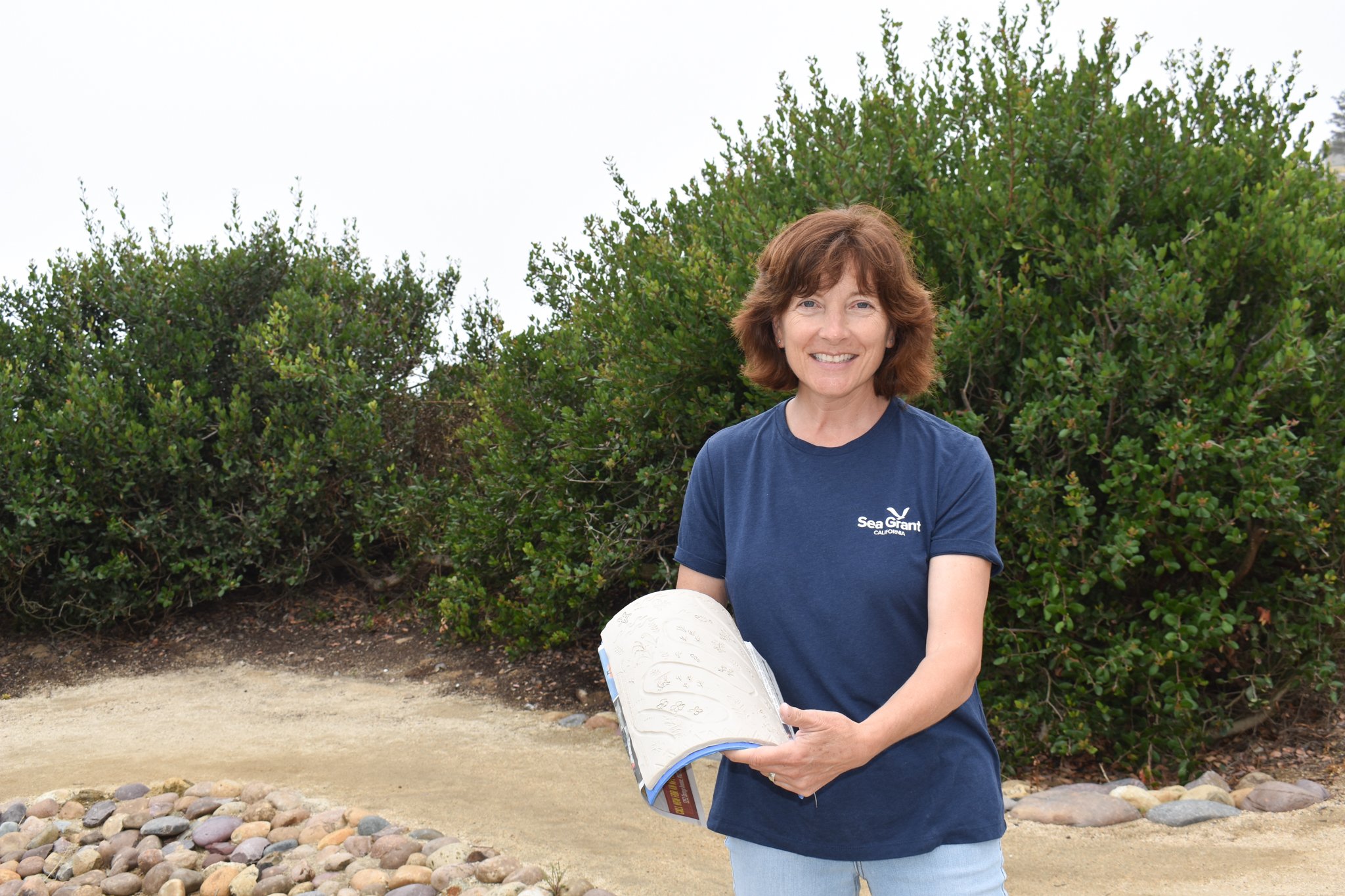



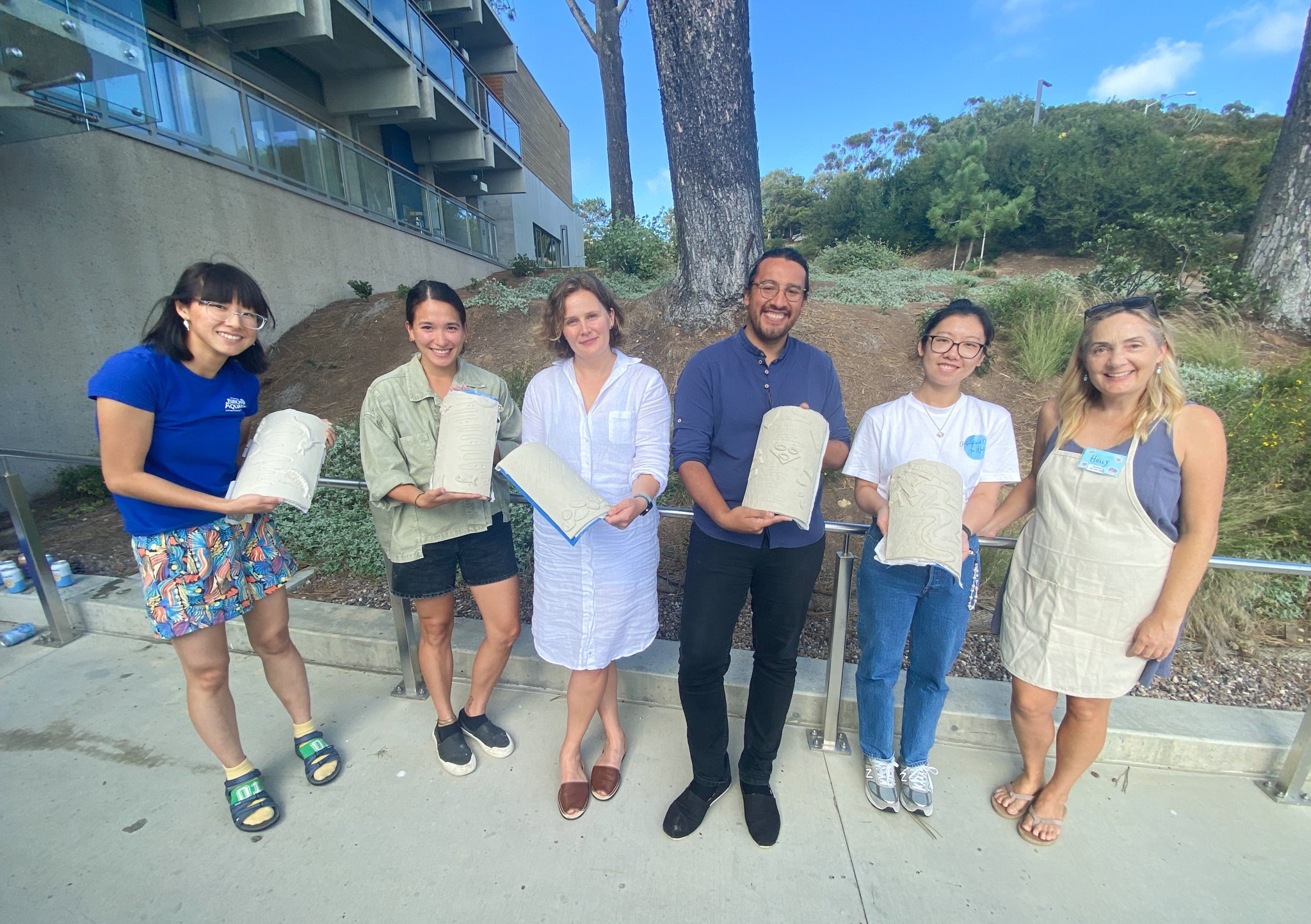


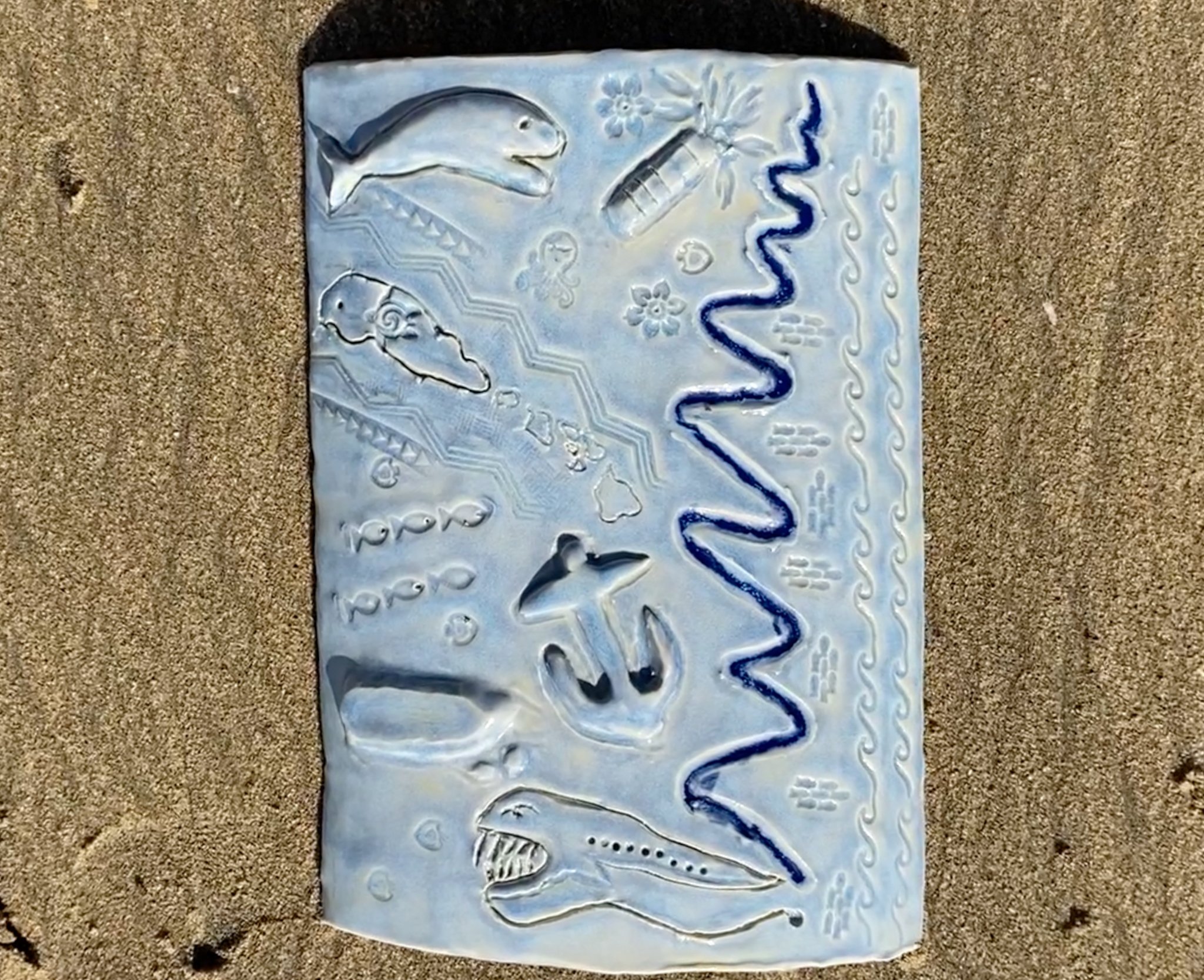

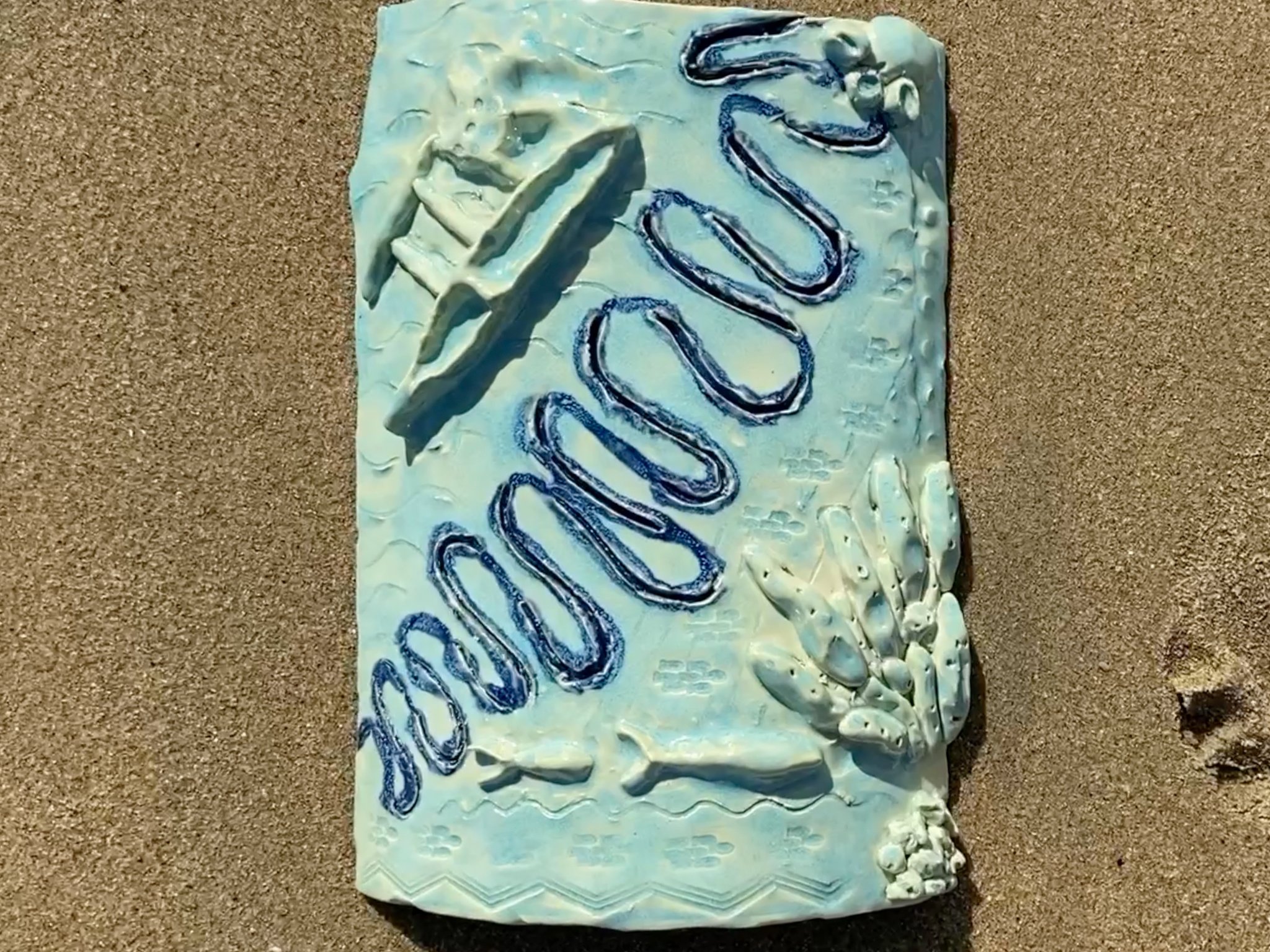
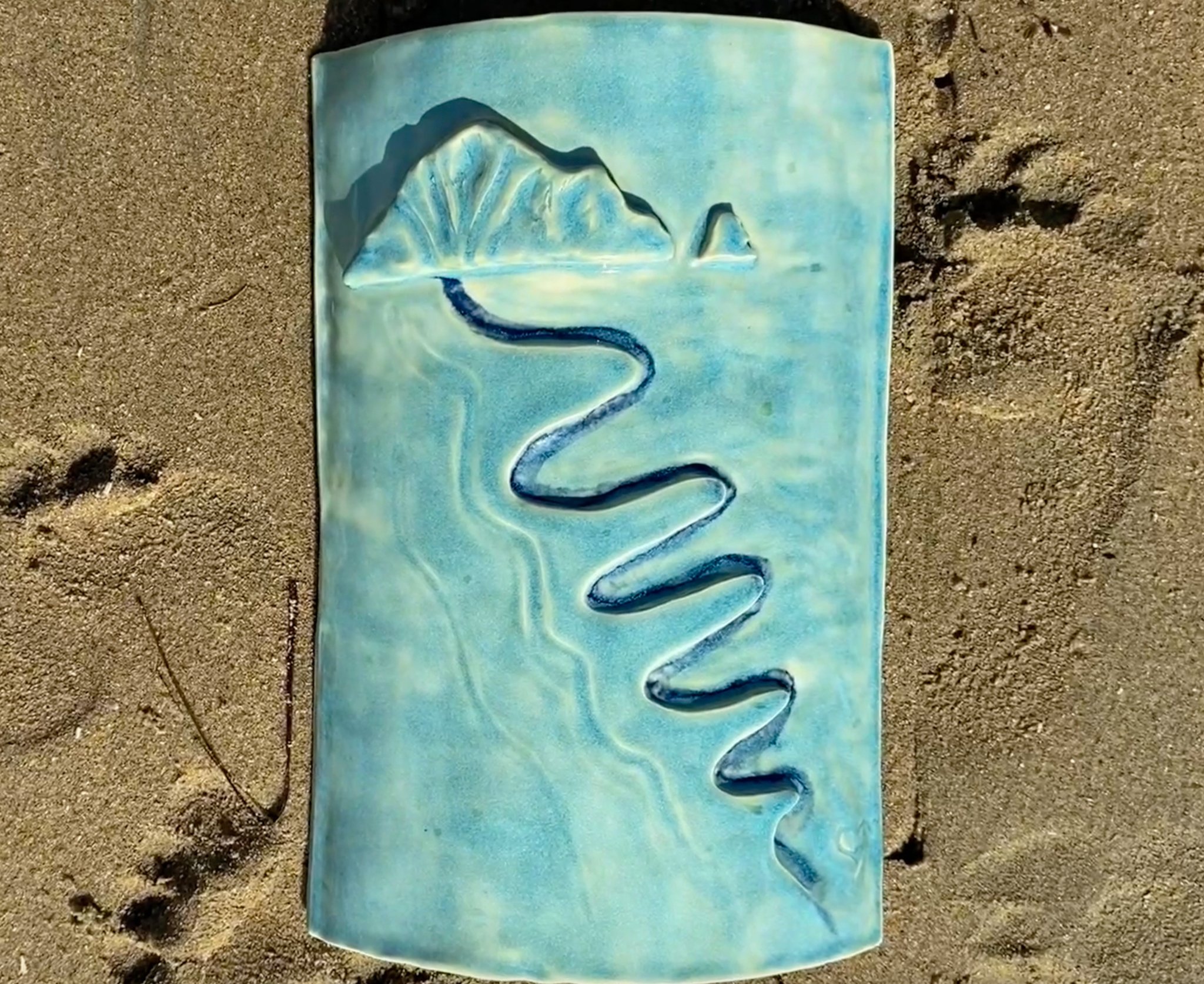

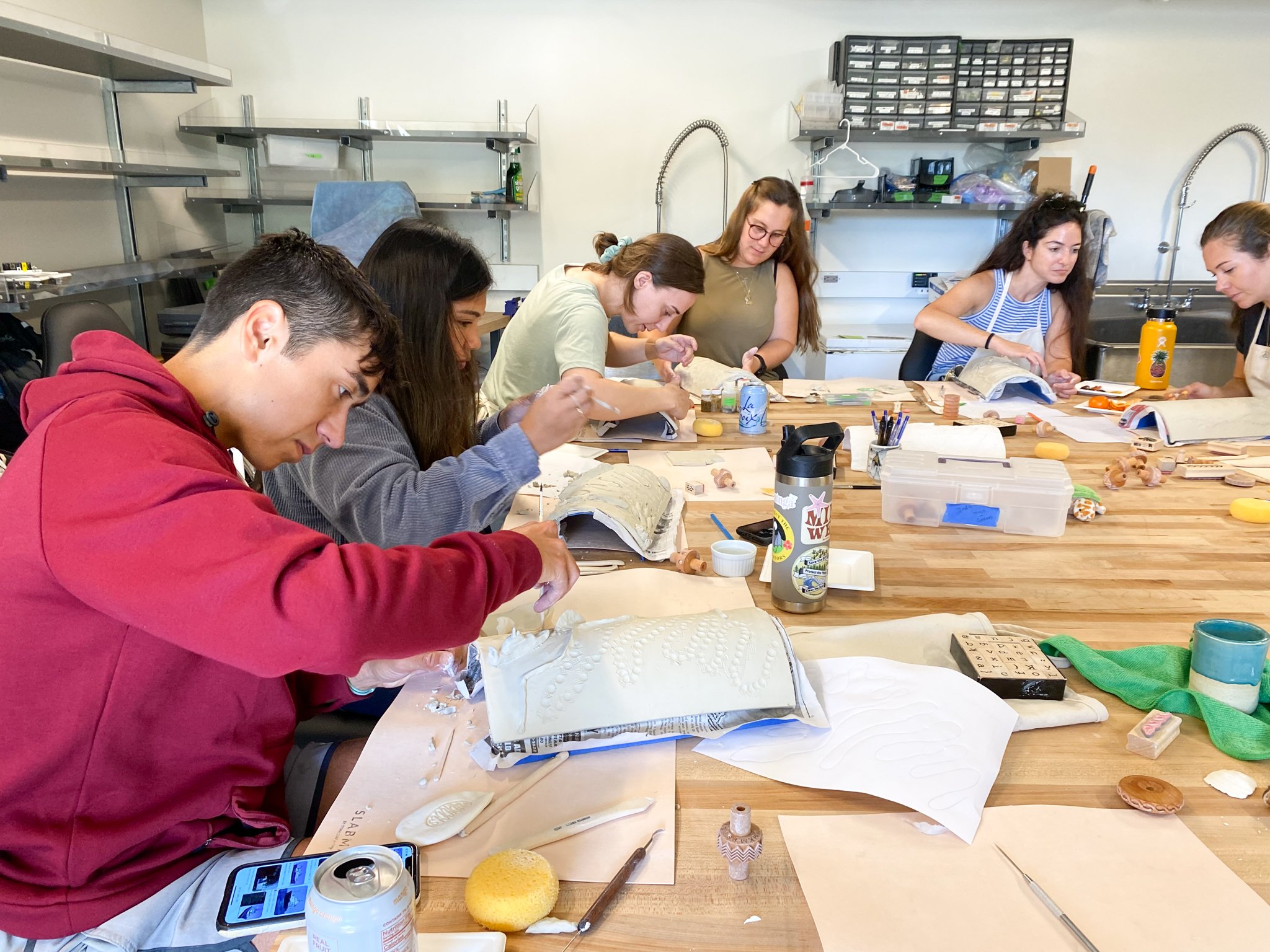


Follow the Breathline Project on Substack for updates. It’s free!
https://breathlineproject.substack.com/


